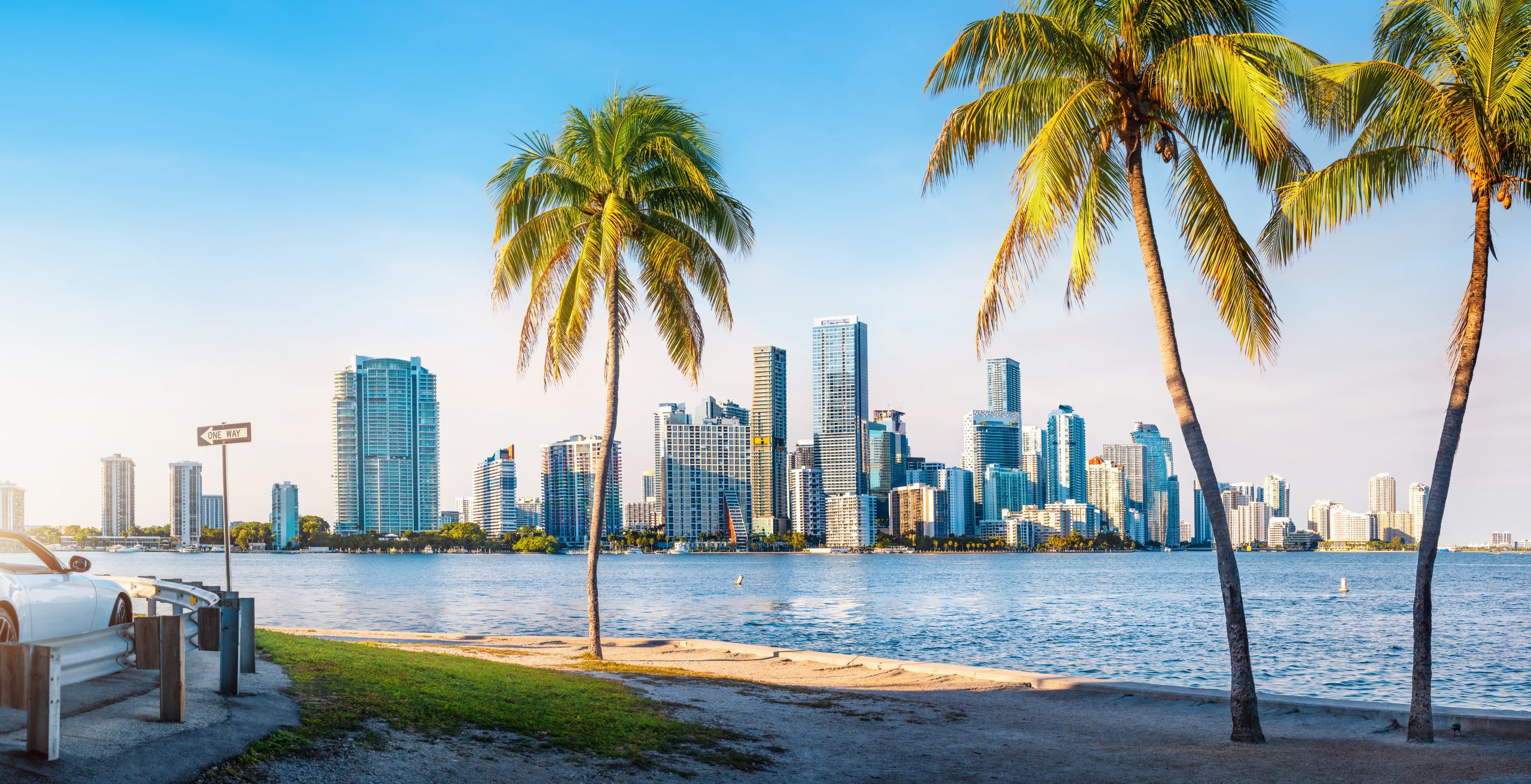Buried Champagne from 1890s tested and tasted
We exclusively reveal the flavour and composition of a pair of 120 year-old bottles of Pol Roger Champagne that have spent more than a century buried in wet chalk after a cellar collapse in 1900.
Pouring the historic wine. Picture credit: Edward Henderson
As reported on Friday 11 October, db was present as the Champagne house of Pol Roger pulled the first corks from its extraordinary discovery: a set of in-tact bottles from the 1890s, which have been lost underground for more than a century.
If you have missed our previous reports on this treasure-trove of historic fizz, Pol Roger lost as many as 1.5m bottles of Champagne – representing around half its stock at the time – after a period of heavy rain caused its underground cellars to cave in during the night on 23 February 1900, burying the fizz in wet chalk and clay.
However, on 15 January 2018, while Pol Roger was beginning the process of building a new packaging facility above the site of the collapsed cellars, the Champagne producer discovered a void.
Among large amounts of broken glass, over the course of several days of careful digging, Pol Roger found 23 in-tact bottles, which it removed, and sealed with wax.
So what where they? While it’s difficult to give an exact vintage, the Champagne house believes that the bottles hail from harvests from 1887 to 1898, with the two that were opened in db’s presence likely to be from either 1897 or 98, because both wines contained no sugar, suggesting that they were either still wines, or, most likely, Champagnes that were undergoing secondary fermentation at the time of the cellar collapse – which would have meant that they yet to be disgorged and given a dosage (the addition of sugar and wine).
Following analysis of the liquid, Pol Roger can confirm that the bottles contained wine with less than 1 gram per litre of residual sugar, and no malic acid, which meant that the liquid had undergone the malo-lactic conversion.
It was also discovered that the wines had a pH of 3.2, and an abv of 13%. The latter is quite high for Champagne, but could be the result of chaptalisation, which is the addition of sugar to the grape must to increase the alcohol level in the final wine.
As for the grape composition, the wines would have most likely contained around 80% Pinot Noir and 20% Chardonnay, as Champagne at that time was mostly planted with the former red grape.
Also, the fizz made during that period would all have been from a single harvest – as opposed to today’s Champagne, which is most-commonly made as a blend of vintages.
Pol Roger cellar master Damien Cambres described the first Champagne, which had lost its fizz, as containing aromas of spice and vanilla, comparing the nose and flavours in the wine to aged Cognac.
The second, which had also lost its sparkle, seemed to have a bit more “volume” according to Cambres, with “extraordinary freshness, citrus and exotic fruit”.
Both wines amazed the attendees due to their lively character, and, despite their ancient state, the fact they were still pleasant to drink.
My notes on the wines can be seen below:
Partner Content
The two in-tact bottles from the 1890s. Picture credit: Edward Henderson
Bottle 1
Appearance: A glowing amber colour, with a fine cloud of sediment.
Nose: Initially shows caramelised notes like very old Madeira, along with some oxidative bruised apple characters, as one would expect from aged Champagne.
Palate: Layered, aged and complex, and, if I had this blind, I would think it was very old dry Amontillado sherry or Sercial Madeira, with aromas of old fireplaces, antique furniture, burnt caramel, and then a fresh, cleansing finish and some warmth.
As the wine evolves in the glass, following a second tasting, it reveals more alcohol warmth, and some salty notes, along with bread, and touch of apple, hay, and a grippy dryness on the finish, like a combination of aged Amontillado and brandy.
Bottle 2
Appearance: Similar to the first bottle, this wine too has a deep, bright amber colour, along with a fine suspended sediment.
Nose: This is lively and expressive, with some caramelised notes, a baked / toffee apple character, tea leaves, dried grass and hay, and seems in slightly better condition that the first bottle, without the bruised apple note.
Palate: Again, this is lively, fresh, and seems just a dry as the first bottle. But it is easier to drink, with a chalky bright character, along with some burnt sugar and furniture wax, then hay on the finish, along with a touch of citrus. Persistent, with more palate weight than wine one, it seems to have a bit more fruit.
Fifth generation Pol Roger family member Hubert de Billy (left) and Pol Roger CEO Laurent d’Harcourt assess the Champagne. Picture credit: Edward Henderson
Read more




